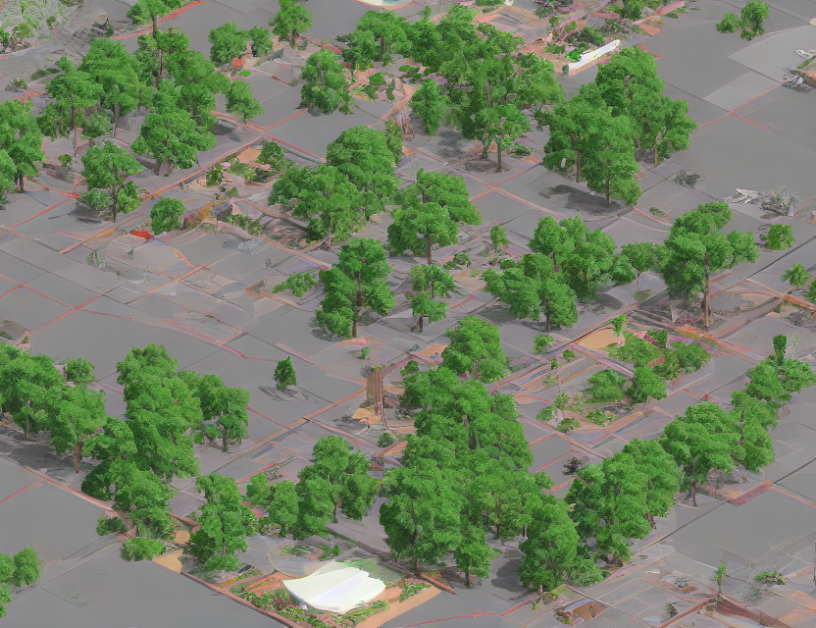Humans have an incredible ability to visually detect and interpret objects in their surroundings, grouping them into semantic parts and understanding their relationships. This is achieved through a hierarchical representation of images, where pixels are first grouped into parts, then composed into objects. In this paper, the authors propose a new method called Compositor, which leverages this bottom-up approach to perform semantic segmentation in a single step.
Compositor Framework
The Compositor framework groups pixels into semantic parts using a hierarchical representation, where each level of the hierarchy consists of either pixels, part embeddings, or object embeddings. The algorithm first clusters image pixels to propose object parts, and then selects some of these part proposals to compose the whole object. By learning feature embeddings that capture the relationships between pixels, Compositor can efficiently segment objects while preserving their semantic meaning.
Panoptic Feature Pyramid Networks
To improve the accuracy and efficiency of their approach, the authors introduce Panoptic Feature Pyramid Networks (PFPN), which extend traditional convolutional neural networks (CNNs) by incorporating a hierarchical representation of image features. The PFPN architecture consists of multiple branches that progressively refine the feature representations, allowing Compositor to capture both local and global contextual information.
Hierarchical Segmentation
By jointly segmenting parts and objects in a single step, Compositor avoids the need for pre-processing or post-processing steps, making it more efficient than traditional methods. Additionally, by using a hierarchical representation, Compositor can capture both local and global contextual information, leading to improved accuracy and interpretability.
Conclusion
In summary, Compositor is a new method that leverages a bottom-up approach to perform semantic segmentation in a single step, groupings pixels into semantic parts and understanding their relationships. By using Panoptic Feature Pyramid Networks (PFPN), Compositor can efficiently capture both local and global contextual information, leading to improved accuracy and interpretability. This new approach has the potential to revolutionize the field of computer vision by providing a more efficient and accurate way of segmenting objects in images.



